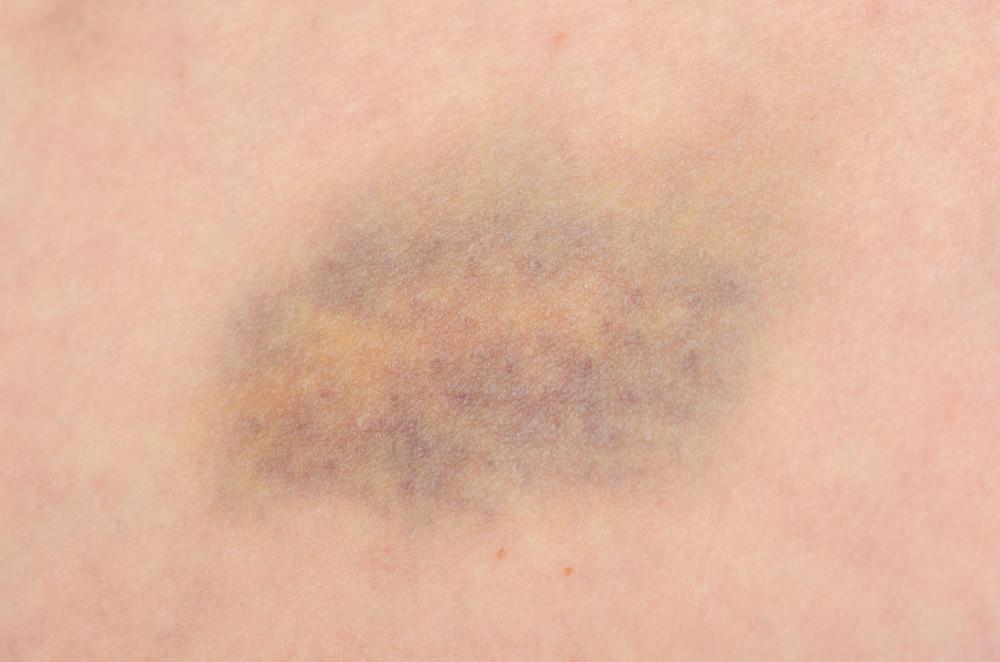At WiseGEEK, we're committed to delivering accurate, trustworthy information. Our expert-authored content is rigorously fact-checked and sourced from credible authorities. Discover how we uphold the highest standards in providing you with reliable knowledge.
What is the Role of Protein C in Sepsis?
Protein C, a natural anticoagulant produced by the body, can be used in the treatment of severe sepsis. Clinical studies examining the role of protein C in sepsis have shown it can reduce mortality in patients with severe sepsis and it has been approved as a treatment for sepsis patients. The drug is typically used in a hospital setting, as the patient often needs additional medical support to stabilize the body while the sepsis is treated.
Severe sepsis involves widespread inflammation accompanied with organ damage. In patients with severe sepsis, a deficiency in protein C was noted, leading some care providers to speculation about the function of protein C in sepsis patients. Providing supplemental protein C to patients with deficiencies can help them recover from sepsis in statistically significant numbers.

This compound works by inactivating clotting factors in the blood. In a clinical setting, care providers usually administer a recombinant version of protein C to their patients. The biggest risk of protein C in sepsis has to do with increased susceptibility to bleeding. While the protein is active in the body, the patient can be at risk of bruising and uncontrolled bleeding as a result of high levels of anticoagulant. For patients with existing bleeding disorders, this may be a cause for concern.
The goal with sepsis treatment is to provide treatment quickly, before patients move into severe shock. Antibiotics can be administered to attack the bacteria causing the infection and supportive care in the form of fluids and other measures can be provided as well. If sepsis progresses to the severe stage, treating the patient with activated protein C will decrease the risk of dying, especially in patients with a history of good health prior to the development of sepsis. While protein C cannot universally cure sepsis, it can certainly increase the chances for sepsis patients.
If a doctor is considering the use of protein C in sepsis treatment for a patient, the treatment option will be discussed with the patient and family members. Family and personal medical history must be considered due to concerns about bleeding disorders. If the patient is a good candidate for this treatment, the medication can be administered and the patient can be monitored for signs of complications like uncontrolled bleeding and dangerous levels of bruising. Protein C in sepsis treatment is used in many regions of the world, and if it is not available at a given care facility, it may be possible to transfer to a larger hospital for this more aggressive treatment.
AS FEATURED ON:
AS FEATURED ON:











Discuss this Article
Post your comments